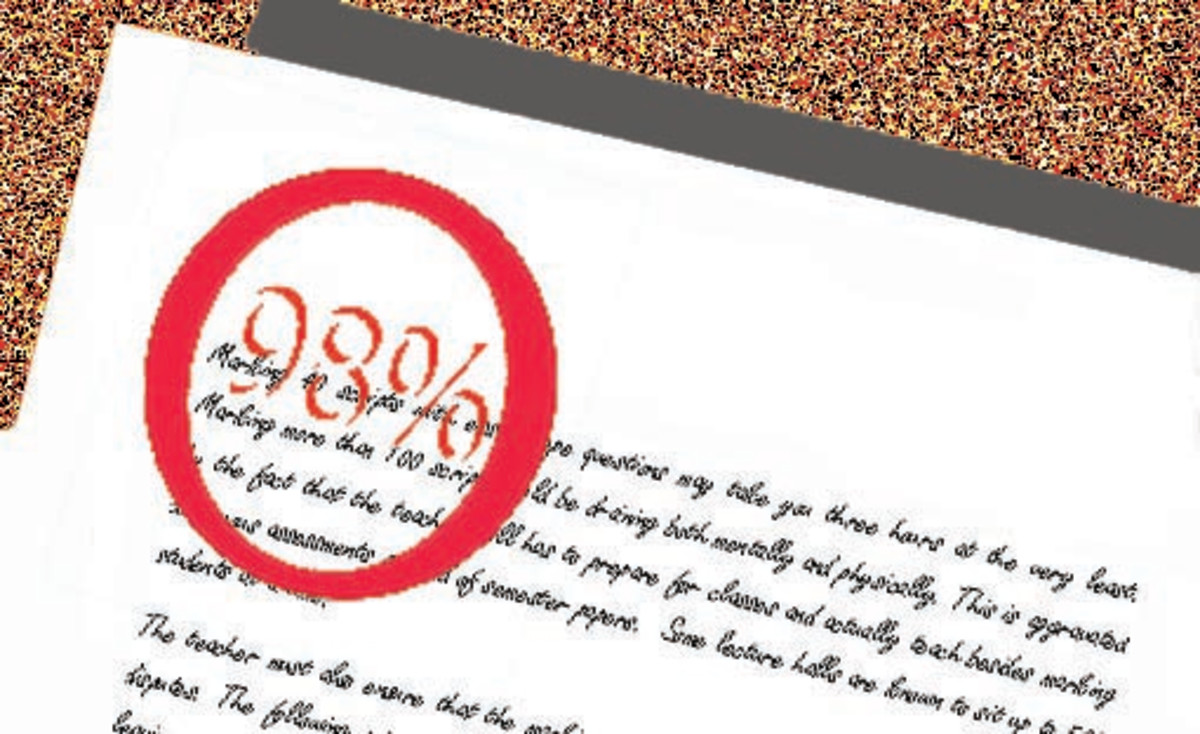In-Text Citation Basics:

MLA, APA, and Chicago Manual of Style Formats
By Joan Whetzel
As each semester begins for college students, professors everywhere assign term papers to a classroom full of fresh new faces. These professors demand one of three formats for writing and citing these papers - APA, MLA and Chicago Manual of Style - each with its own unique peculiarities. This means trips to the library, going online or going to the bookstore to find the manuals describing the formats to make sure you get the formatting correct. Before you do that, find out about a few of the basics on citation formats to help you get started.
MLA
For the Modern Language Association (MLA), begin paraphrasing and summarizations with signal words like "John Doe says…" or "According to the John Doe Society…", and surround short quotations (up to 2 sentences) with quotation marks. Longer quotations (a paragraph or longer) are simply indented on both the left and right sides. In all cases, the quote, summarization or paraphrasing requires a citation.
Citations for quoted, paraphrased or summarized material belong at the end of the sentence, just prior to the punctuation. In the case of a paragraph with material all from the same source, place the citation after the last sentence. Enclose citations inside ellipses.
Basic MLA Citation format:
Single Author: (author last name, page number)
Multiple Authors (Author #1 last name, Author #2, Author #3, page number)
Organization (Organization name, page number if available - websites are frequently not paginated)
No author (title shortened and italicized, page number)
Consult the MLA handbook for citations style on more specific citation formats such as: Citing Multiple Works by the Same Author, Citing Multivolume Works, Citing the Bible, Citing Non-Print or Sources from the Internet, Electronic Sources, Citing Multivolume Works, and Citing Authors with Same Last Names.
APA
American Psychological Association (APA) require paraphrasing, summarizing and directly quoting source material in much the same manner as the MLA format. The APA format also uses parenthetical citations, which are placed at the end of the sentence or paragraph, in the same manner as the MLA style citations
For citing a sources in APA format: Single author's name, multiple authors' names, organizations and titles (not italicized) and placed between quotation marks - or key words that clearly indicate which resource you are referring to - are followed by the year of publication, separating them with a comma. The citations are then placed between ellipses.
Follow this basic parenthetical citation format for APA:
Singe Author: (Simon, 1945).
Multiple Authors: ( Simon & Schuster, 1955).
Works with no Author: ("The World Almanac", 2011).
Citing a Precise Page of a Source: ( "The Merk Manual", 2010, p. 535).
Chicago Manual of Style
Chicago Manual of Style replaces parenthetical citations with footnotes or endnotes. Footnote citations appear at the bottom of the same page as the citation. Endnotes appear on a separate page or pages at the end of the paper, but before the bibliography. Choose which ever one is easiest for you, either footnotes or endnotes, unless your professor states a preference. Footnotes and endnotes have assigned numbers which are placed at the end of the paraphrased, summarized or quoted material. If the cited material ends in the middle of a sentence, then place the footnote / endnote superscript notation number directly after the cited material - in the middle of the sentence.
Word processing programs, such as Word for Windows, use an automatic numbering system to place the superscript notations and the footnotes and endnotes in numerical order. What that means is that if you move the cited material and its superscript notation, the superscript notation as well as the footnote or endnote its tied to are automatically re-numbered, and the footnotes and endnotes are re-located in the correct sequence.
Chicago Manual of Style format for the first citation calls or the author's full name, title, and page number. When citing the same source again elsewhere in the paper, include the author's last name, a shortened version of the title, and the page number. When citing a source several times consecutively, use the Latin "Ibid." (meaning "in the same as place"). Omit page numbers for
un-paginated sources.
Basic Chicago Manual of Style Format:
First Citation:
1 Trotter, David. The Screenwrite's Bible. 125-29.
Second Citation later in the paper:
5 Trotter. Screenwriter's Bible. 203.
Consecutive Citations:
1 Trotter, David. The Screenwrite's Bible. 125-29.
2 Ibid. 45.
3 Ibid. 110.
It is important to observe here that all citations - whether parenthetical citations, footnotes or endnotes - need to match up with a full entry in the Bibliography or List of Works Cited. It is also vital to note that there are certain times when citations are not needed.. Common proverbs ("like a pearl before swine"), quotations ("Give me liberty or give me death!"), or facts that are common knowledge (the Bill of Rights contains the first 10 amendments to the US Constitution) are items that are instantly recognizable by most people or have been repeated so often that most people know where they came from.
If you're writing to a foreign audience, however, you would want to cite the Constitution. If you're audience isn't Christian, then create a citation for "like pearls before swine". Otherwise, if you know your audience is quite familiar with a quoted, paraphrased, or summarized piece of material, then it may not need a citation. But check with your professor to be certain.




